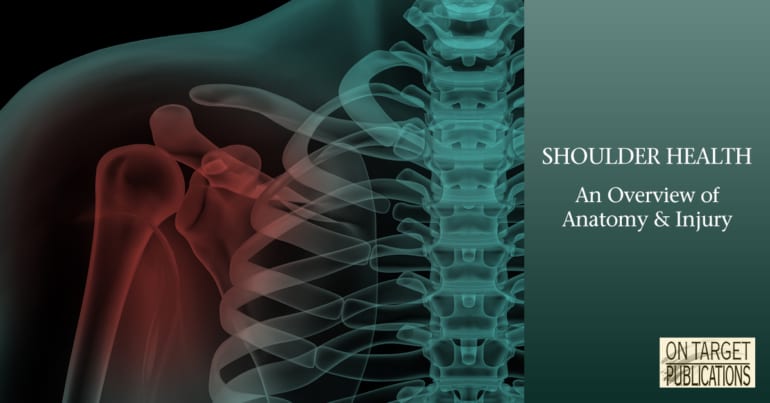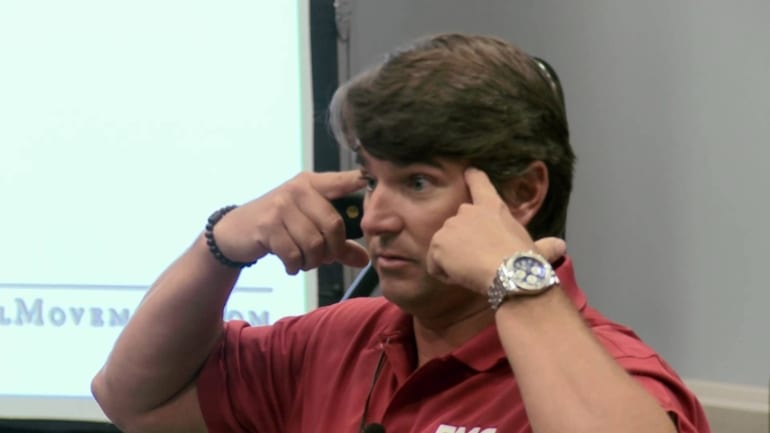Posts in "Front Page"

Chip Conrad: Pushup and Plank Stability
Chip Conrad tells why he uses planking and pushups to stabilize, support and strengthen the spine and offers advice on the one movement you should you thin...

Vince McConnell: The Best Damn Training Program, Period (Relatively Speaking)
There are two key words omitted from any advice on the best training program that are absolutely essential: “Relatively speaking.” It's all in finding what your body needs to respon...

Dan John: 5 Basic Human Movements
Dan John discusses the 5 basic human movements: Push, pull, hinge, squat and loaded carry and prioritizes their impact on strength training. What do you do in the weight room?

Shoulder Health: An Overview of Anatomy and Injury
Shoulder health involves understanding a complex joint—the body's most mobile and least stable. Small changes to anatomy can mean big injuries. There are many ways to injure your shou...

Craig Liebenson: Restoring Hip Extension
Gluteal amnesia? Craig Liebenson discusses hip extension, delayed glute activation and shows some of the reactive techniques that have been developed to reset and restore this important...

Stuart McGill: Taking Charge of Back Pain — Empowering Self-Advocacy
Dr. Stuart M. McGill discusses the specific information that the individual with back pain needs to know to be an educated self-advocate and help take control of their painful spine. Wo...

Lee Burton: Balance and Stability for Older Clients
Lee Burton looks at mobility restrictions and the resulting compensations and discusses the training implications of seeking balance and stability for older clients.

Taylor Lewis: How Training Specialized Athletes Helps Your Everyday Clients
Working with the 1% population is a blessing within a blessing. Taylor Lewis breaks down the key components of specialized training for specific athletes and looks at how those experien...

Charlie Weingroff and Mark Cheng: Working the Wrong Joints
What happens when you work the wrong joints? In the process of Hacking the Hinge, Mark Cheng discusses the pitfalls of using the wrong joints to find mobility.

Why is the Neurodevelopmental Sequence Important to Trainers?
The neurodevelopmental sequence is the normal movement progression that infants follow as they grow and develop movement. Here are a few highlights that detail why you should understand...

Gray Cook: Corrective Exercise at The Edge of Ability
Corrective exercise should not be a rehearsal of outputs. Instead, it should represent challenging opportunities to manage mistakes at a fundamental level near the edge of ability. Mana...
